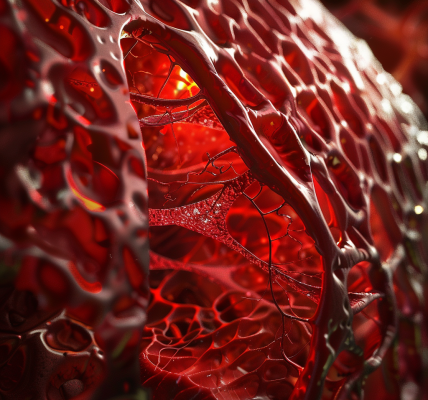Scientists at St. Jude Children’s Research Hospital have made a groundbreaking discovery in the field of cancer research, revealing a novel tumor suppression mechanism involving the protein p14ARF. This research, published in Nature Communications, sheds light on how p14ARF interacts with nucleophosmin to form gel-like structures that inhibit ribosome production, thereby contributing to the suppression of cancer cell growth.
Located in Memphis, Tennessee, St. Jude Children’s Research Hospital is renowned for its commitment to understanding and treating pediatric diseases. The study, led by Dr. Richard Kriwacki from the Department of Structural Biology, focuses on the role of p14ARF, a protein that is typically present in low concentrations within healthy cells but is significantly upregulated in response to oncogenic stress.
Oncogenic stress refers to the cellular stress induced by the activation of oncogenes, such as MYC, which are known to drive cancer development. Under these conditions, p14ARF levels increase, leading to its interaction with nucleophosmin, a key protein responsible for ribosome biogenesis. This interaction triggers a phase separation process, resulting in the formation of gel-like condensates within the nucleolus, a crucial cellular compartment for ribosome production.
Dr. Kriwacki explains, “p14ARF is normally expressed at very low levels in healthy cells, but increased expression is induced in response to oncogenic stress, such as upregulation of MYC or other oncogenes.” This increased expression leads to p14ARF localizing to the nucleolus, where it disrupts the normal function of nucleophosmin.
The researchers found that when p14ARF binds to nucleophosmin, it causes a significant decrease in the dynamics of nucleophosmin, ultimately leading to stalled ribosome production. This disruption not only hampers the cell’s ability to produce ribosomes but also induces toxicity within the cell, effectively sacrificing cancer cells in the process.
This discovery highlights a previously unrecognized tumor suppression mechanism that could pave the way for new therapeutic strategies in cancer treatment. The ability of p14ARF to form gel-like structures and interfere with ribosome biogenesis suggests that enhancing or mimicking this pathway could be a viable approach to combat cancer cell proliferation.
In summary, the findings from St. Jude Children’s Research Hospital provide valuable insights into the complex mechanisms of tumor suppression. The interaction between p14ARF and nucleophosmin represents a significant advancement in our understanding of how cells can protect themselves against cancerous transformations. As researchers continue to explore these pathways, there is hope for the development of innovative treatments that leverage the body’s natural defenses against cancer.





